Tessellation for Objects
Real-time surface smoothing is a technology that enhances the look of 3d
entities in your scene without sacrificing system performance.
Real-time used to be synonymous with low polygon count, but by utilizing latent
resources from your computer's GPU, iClone is able to enhance polygon count in real-time, resulting
in a smoother and more detailed surface appearance for low-poly objects.
View the Video
In computer graphics, tessellation is used to manage vertex sets of objects in a scene and divide them into suitable structures for rendering. Especially for the real-time surface smoothing, data is tessellated into triangles, for example in DirectX 11 and OpenGL.
In iClone, the tessellation method leads to two aspects:
- Basic Tessellation - Real-time Smooth.
- Advanced Tessellation - Tessellation and Displacement.
The Benefit of Tessellation
Utilizing the Tessellation technique has some benefit for using iClone.
- Rendering : It provides better and smoother rendering results for the real-time preview or exported media.


The Original zigzag silhouette and surfaces of the object.
Tessellation smooths out the visual imperfections of the meshes.
- 3D Entities: It smoothens the 3D entities without changing the main shape.
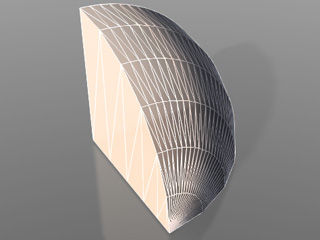
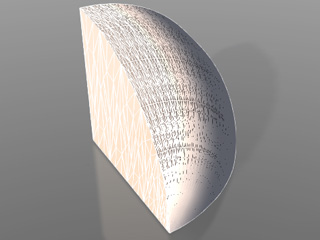
The Original shape.
After being tessellated, the surfaces are smoothed while the main shape is kept.
- Project Size: It ensures the visual quality without increasing the size of the saved project (*.iproject).
- LOD Effect: It can gradually decrease the number of the faces presenting objects for LOD (Level of Detail) feature, which avoids the sudden changes of objects in 3D scene when the camera zooms in or out.
- Displacement Effect:
Tessellation can also be used in combination with displacement maps for implementing
exquisite details on the surfaces of objects.
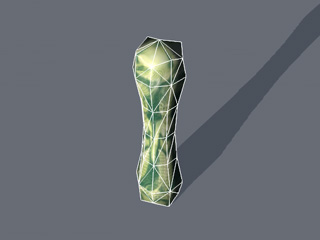
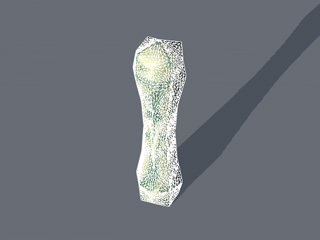
3D Entity without displacement and tessellation.
Tessellation applied without displacement.
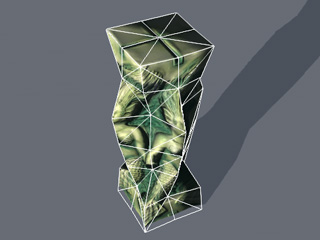
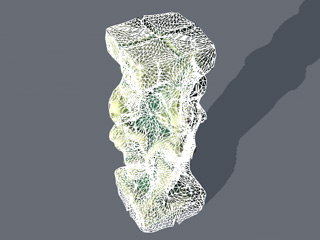
Displacement mapped without tessellation.
Both Displacement and tessellation applied.
 Note:
Note:Please refer to the Tessellation and Displacement for Objects section for more information.
